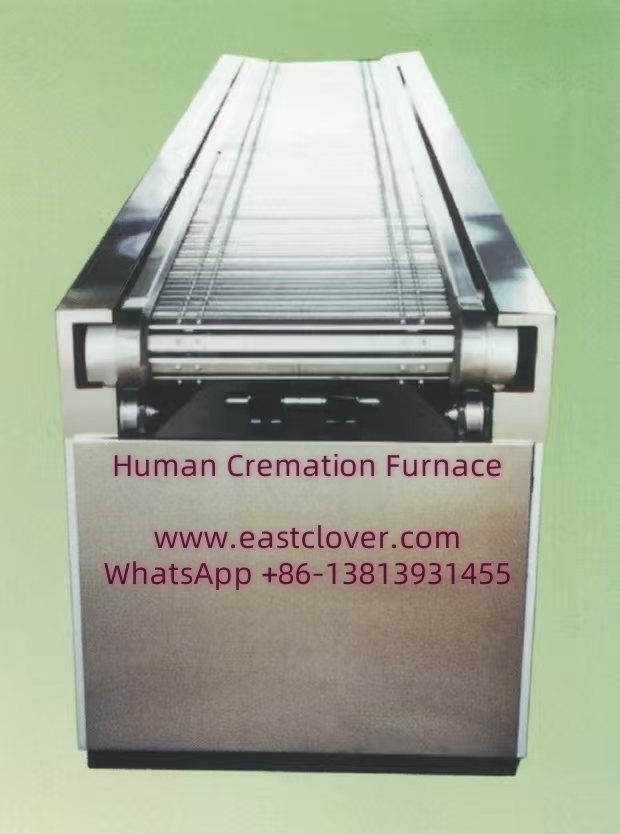Introduction
The global cremation furnace market has witnessed significant growth in recent years, driven by evolving cultural practices, urbanization, and environmental considerations. Asia, in particular, has emerged as a key region for cremation furnace imports, with countries like China, India, Japan, and Southeast Asian nations increasingly adopting cremation as a primary funerary practice. This news explores the factors behind Asia’s rising demand for cremation furnaces, the dynamics of the export market, and the opportunities and challenges for international suppliers.
Asia’s Rising Demand for Cremation Furnaces
Urbanization and Land Scarcity
Rapid urbanization in Asia has led to shrinking burial spaces in densely populated cities. Countries like China and India face acute land shortages, making traditional burials impractical. Cremation offers a space-efficient alternative, driving demand for modern furnaces that align with urban infrastructure needs.
Cultural and Religious Shifts
While cremation has long been practiced in Buddhist-majority nations like Japan and Thailand, other regions are witnessing a cultural shift. In China, for instance, government policies promoting cremation to conserve land have gradually altered public perceptions, even in rural areas. Similarly, India’s Hindu majority increasingly views electric and gas-powered cremation as a more dignified alternative to open pyres.
Environmental Regulations
Traditional cremation methods, such as wood pyres, contribute to air pollution. Asian governments are implementing stricter environmental standards, compelling municipalities and private operators to adopt cleaner technologies. High-efficiency furnaces with emission control systems are now in demand to meet these regulations.
Economic Growth and Modernization
Rising incomes in Asia have enabled investments in advanced funeral infrastructure. Countries like South Korea and Singapore prioritize high-capacity, automated cremators to handle growing demand while maintaining operational efficiency.
The Global Cremation Furnace Export Market
Key Exporting Nations
- Europe: Germany and Italy lead in precision engineering, offering energy-efficient and low-emission models compliant with EU environmental standards.
- North America: U.S. manufacturers specialize in large-scale, automated systems tailored for high-throughput facilities.
- Asia: Japan and China are both consumers and exporters, with Chinese suppliers gaining traction due to competitive pricing and improving technology.
Competitive Advantages of Exporters
Western exporters emphasize:
- Advanced pollution control systems (e.g., scrubbers, filters).
- Energy-efficient designs reducing operational costs.
- Compliance with international certifications (ISO, CE).
Chinese manufacturers compete by offering cost-effective solutions, though concerns about durability persist.
Emerging Markets in Asia
- India: Government initiatives to replace open pyres with electric cremators.
- Vietnam and Indonesia: Growing middle class investing in modern funeral services.
- Philippines: Local governments upgrading crematoriums to address urban burial constraints.
Challenges for Exporters
- Cultural Resistance: In rural areas, traditional burial practices remain entrenched.
- Regulatory Hurdles: Varying national standards complicate market entry.
- Price Sensitivity: Budget constraints in developing economies favor lower-cost suppliers.
- After-Sales Support: Maintaining service networks in remote regions is challenging.
Future Trends and Innovations
- Green Cremation Technologies: Adoption of alkaline hydrolysis and bio-cremation to reduce carbon footprints.
- Smart Furnaces: IoT-enabled systems for remote monitoring and predictive maintenance.
- Customization: Modular designs to accommodate diverse religious rituals and facility sizes.
www.southclover.com
Asia’s cremation furnace market presents lucrative opportunities for exporters, driven by urbanization, environmental policies, and cultural adaptation. While European and North American manufacturers dominate the premium segment, Asian suppliers are closing the gap with affordable alternatives. Success in this market requires balancing technological innovation, compliance, and cultural sensitivity. As sustainability becomes a priority globally, exporters that prioritize eco-friendly solutions will likely lead the next phase of growth.
FAQs
Why is demand for cremation furnaces rising in Asia?
Urbanization, land scarcity, environmental regulations, and shifting cultural norms are key drivers. Governments are promoting cremation to conserve space and reduce pollution.
Which countries are major exporters of cremation furnaces to Asia?
Germany, the U.S., Italy, Japan, and China are leading exporters. European manufacturers focus on high-efficiency models, while Chinese suppliers offer cost-competitive options.
What challenges do exporters face in Asia?
Cultural resistance to cremation in some regions, regulatory complexity, price sensitivity, and the need for robust after-sales support are common challenges.
Are cremation furnaces environmentally friendly?
Modern furnaces with emission control systems significantly reduce pollutants compared to traditional methods. Innovations like bio-cremation aim to further minimize environmental impact.
What future trends are shaping the market?
Green technologies, IoT integration, and customized solutions for diverse cultural practices are key trends. Sustainability will remain a major focus for industry stakeholders.

Comments are closed